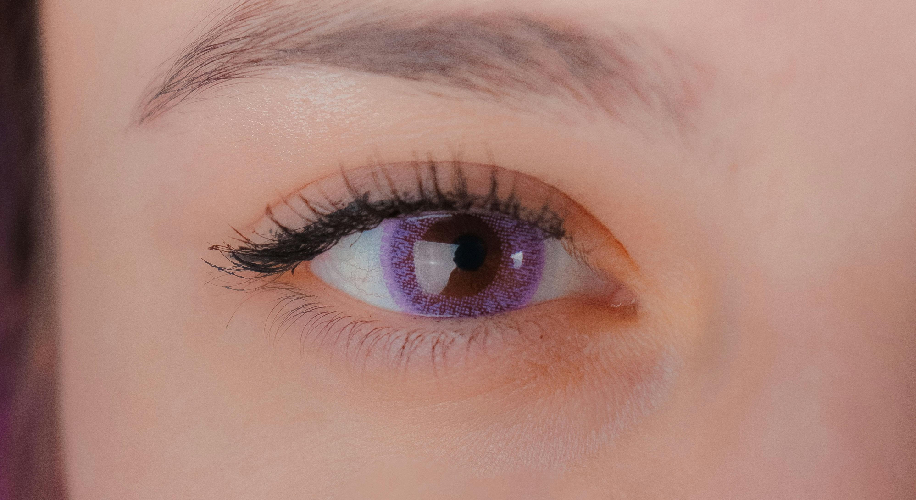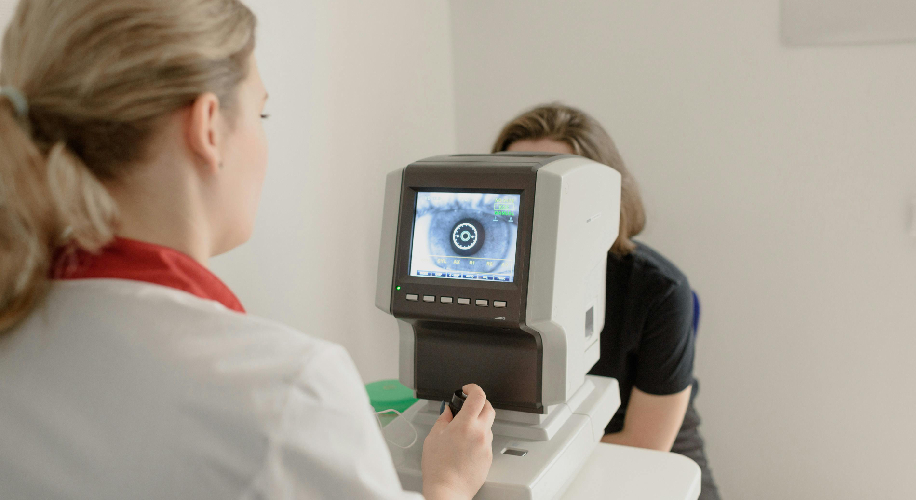The Risks of Non-Prescription Color Contacts
When it comes to enhancing your look, colored contact lenses have become a popular accessory. They promise to transform your eyes, offering a quick and dramatic change in appearance. However, before diving into the world of non-prescription color contacts for fashion, it’s crucial to understand the potential risks involved.
Photo by Daniel Kondrashin
What are Non-Prescription Color Contacts?
Non-prescription color contacts, also known as cosmetic or plano lenses, are designed solely for cosmetic purposes. Unlike prescription contact lenses that correct vision, these lenses are meant to change the color or appearance of your eyes without any correction of refractive errors. Non-prescription lenses are often sold over-the-counter or online without a prescription from an eye care professional.
Improper Fit and Comfort
One of the primary concerns with non-prescription color contacts is the fit of the lenses. Contact lenses that do not fit properly can cause discomfort, irritation, and even damage to the eyes. Everyone’s eyes are unique in size and curvature, and it is important for your contacts to fit properly.
Reduced Oxygen
Non-prescription lenses may not be made from materials that allow enough oxygen to reach the cornea. Lenses that have low oxygen transmission can lead to discomfort, dryness, and an increased risk of complications over time. It’s crucial to wear lenses that are made from breathable materials.
Photo by Paz shots
Potential Eye Infections
Wearing contact lenses, whether prescription or non-prescription, requires strict adherence to hygiene practices. Non-prescription color contacts, if not properly cleaned and stored, can increase the risk of eye infections. Bacterial or fungal infections can develop rapidly if lenses are reused without proper disinfection or if they are worn for extended periods.
Corneal Abrasions and Scratches
Improper handling or poor quality lenses can lead to corneal abrasions or scratches. These injuries to the cornea can be painful and may result in blurred vision or sensitivity to light. Non-prescription lenses that do not meet safety standards may have irregular edges or imperfections that can scratch the surface of the eye.
Allergic Reactions
Some individuals may experience allergic reactions to the materials used in non-prescription color contacts or to the solutions used to clean and disinfect them. Symptoms can range from mild irritation and redness to more severe reactions that require medical attention. It’s essential to be aware of any allergies you have before using cosmetic lenses.
Impact on Eye Health
Repeated use of non-prescription color contacts without proper care can impact long-term eye health. Chronic inflammation, dryness, and reduced oxygen supply to the eyes are among the potential consequences. Prolonged use of lenses that are not designed to breathe properly can contribute to discomfort and increase the risk of more serious eye conditions over time.
Legal and Safety Concerns
In many regions, selling non-prescription contact lenses without a valid prescription is illegal. Purchasing lenses from unauthorized sellers or online retailers without verifying their legitimacy can expose you to counterfeit or substandard products. These may not comply with safety regulations, further increasing the risks to your eye health.
Photo by Ksenia Chernaya
Importance of Professional Guidance
To minimize the risks associated with non-prescription color contact lenses, it’s advisable to seek professional guidance. An eye care professional can assess your eye health and recommend colored contacts from reputable brands that are safe to wear.




